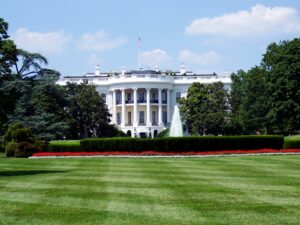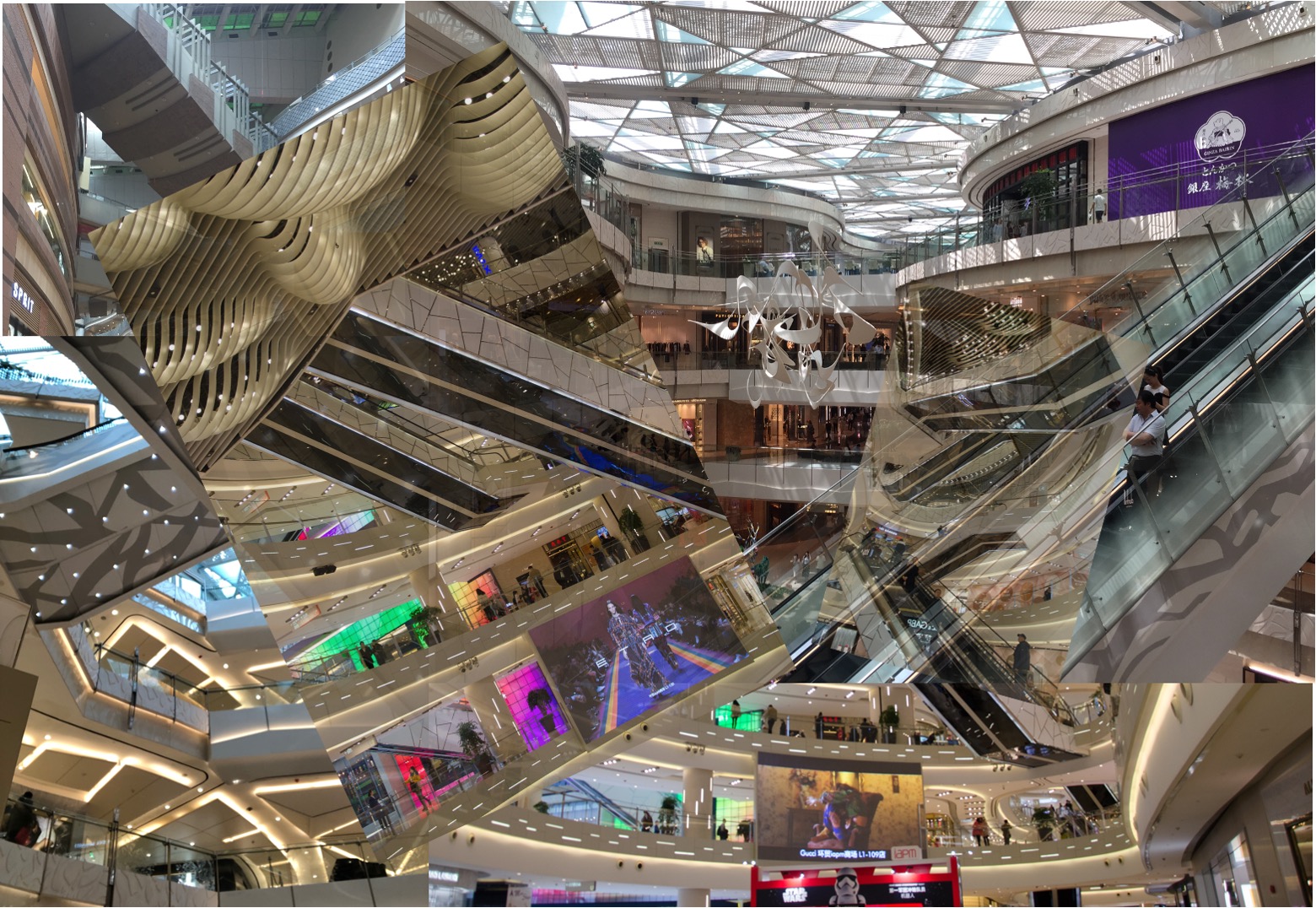In this article, Christophe Feuché, member of Asia Centre’s Executive Committee, outlines some scenarios and the paths that could be taken by luxury brands or their owners to overcome the difficulties caused by the current identity hardening in China.
Mainland China is set to strengthen its position as the leading market for luxury brands. This evolution is occurring in a context of a hardening of identity that goes against the globalisation that they embody. What are the impacts and risks generated by this dual movement? This article outlines some scenarios and possible ways for brands, or their owners, to overcome these difficulties.
On the 11th of April 2020, the Hermès boutique in Guangzhou achieved record sales of $2.7 million on the day it reopened after the lockdown. In 2021, the LVMH group totted up 35% of its sales in Asia outside Japan (mainly China), 5% more than in 2019 before the pandemic. These performances are endlessly repeated in most of luxury Houses. With its barely tarnished economic dynamic and a Generation Z eager for new experiences, China is the uncontested driver of the luxury market.
Over the last 20 years, Chinese consumer has already been one of the main boosters of luxury brand’s expension. However, purchases outside China accounted for a significant share of total purchases. According to a study conducted by Bain and Altagamma, in 2019, Chinese purchases accounted for 32% of the market, while only 11% for mainland China. The pandemic and the de facto closure of the country for the past two years have changed this paradigm: purchases in mainland China have largely replaced purchases in “travel retail” or in the countries of origin (notably Europe). In 2021, China accounted for 21% of sales and, if international travel resumes, forecasts predict that it will account for 26% in 2025, with Chinese consumers accounting for more than 40%.
This has been coupled with a twofold change in behaviour: on the one hand, a significant drop in mistrust of purchases made in China, a sign of better control of domestic counterfeiting, and on the other hand, an acceleration in luxury good’s online sale (23% in 2020 compared to only 10% in 2018, according to Bain). This behaviour has been followed by a reconfiguration of digital distribution platforms, as shown by the alliance between Richemont, Alibaba, Farfetch and Kering around an intensified integration of Farfetch China and Tmall Luxury Pavilion.
This “relocation” of distribution in China comes at a time when China is turning in on itself and hardening its ideology. This hardening is expressed at the highest level of the State, formalised by President Xi Jinping’s speech of August 17th 2021 about ” common prosperity “. It is expressed in China’s repeated interventions in international negotiations – notably during Xi Jinping’s speech celebrating the 50th anniversary of the entry of the People’s Republic of China as the sole representative of China at the UN – to promote a credible and exportable Chinese development model.
But it is also expressed in a multitude of incidents denouncing a mixture of Western arrogance with an ignorance of Chinese sensibilities against a backdrop of moral rigorism. This is particularly true for luxury brands, some of whose ambassadors are regularly pinned down for their moral failings (Chris Wu for Bulgari, Porsche and Louis Vuitton, for example) or for ignoring, knowingly or not, the aesthetic or cultural standards of today’s China (such as Xiao Wen Ju’s “too slanted” eyes for Lancôme).
The standards of what is morally acceptable are becoming increasingly stringent, as evidenced, among other things, by the ongoing campaigns against effeminate men. There is a strong call to value greater discretion in success and a strong commitment to national solidarity. The valorization of a modern and triumphant ” sinitude” is also always welcome, feeding a feeling of ” China Pride “, with strong nationalistic accents, born from China’s undeniable successes over the last 40 years.
These attacks are part of a wider context of the Chinese Communist Party’s (CCP) takeover of both the economy and behaviours, which affects both foreign companies and the Chinese industrial fabric, particularly in the digital industry, and Chinese consumers themselves.
As luxury is both a social and cultural indicator, it is naturally impacted by this change in tone, but not only. It has to combine this identity crisis with two other key changes in its ecosystem: the importance of actions in terms of social and environmental responsibility (SER) and the permanent revolution in technology. These components also display strong specificities in People’s China compared to the rest of the world, in resonance with the affirmation of identity: the attention paid to the impact of CSR actions on the Chinese community and natural space on the one hand, a technological ecosystem and behaviours specific to China on the other.
Yet it should not be assumed that China is alone in being affected by these transformations. However, the growing commercial and financial exposure of brands to China and the particularities of the Chinese market may challenge fundamental elements of globalized luxury as we know it today.
Thus the affirmation of irreducible and almost eternal cultural identities is neither a new phenomenon nor one that is exclusive to China. But it is currently taking on another dimension: the last 20 years have been those of competing identities within globalisation, each wanting to assert its specificities in a great deployment of global stereotypes. But these models were not fundamentally challenged. In the case of luxury, one could (and still does) consume global goods with different sensitivities in different countries or adapt the assortment and promotion to these different environments. For example, cosmetics brands focused on skin whitening products or light fragrances in Asia and the whole of luxury made use of local brand ambassadors or specific marketing practices (live streaming in China for example). Neither the products nor the core values of the brands were questioned.
This may be changing and we may be moving from competing identity claims to ‘excluding’ identities, that is, in the case of luxury, rejecting the very elements of identity or anchoring of a product or a brand. For China, it is no longer a question of displaying a Chinese-style cosmopolitanism, valuing traits that are acceptable and even admired by all, but of claiming a specific storytelling and refusing any legitimacy to a non-Chinese excellence. Thus, French or Italian chic or the excellence of European know-how could be perceived as aggressive, devaluing or anti-Chinese in a context of exacerbated identity affirmation. If this were the case, it would no longer be marketing blunders that would be denounced but the very identity of the brands and products.
Beyond the satisfaction of a part of its elites, imported luxury brings nothing to China: economically, it is a factor of imbalance in its balance of payments; industrially, it is a sector that is not mastered locally; ideologically, it is a marker of individualistic behaviour denounced in the philosophy of “common prosperity”. Dressed up in “sinfulness” and ideologically correct tastes, it could, on the other hand, become a factor of stability or surplus in the balance of payments, a new sector mastered in China and an element of ideological seduction.
This may sound strange to marketers focused on brands and customer experience, but it would not be original in CCP thinking. If the luxury sector were to come under the radar of plannification, the measures affecting it could respond to different strategies, more or less in contravention of international trade agreements, again not surprising to an observer of China over time:
– A limitation of demand either by direct measures such as the reinforcement of the taxation of the wealthiest, or indirectly by the denunciation of a deviant behaviour (the simplest would be to denounce a “pollution” by the foreigner because it does not obviate the possibility of developing a Chinese luxury) leading to a self-censorship of the customers;
– More discreet measures of reinforced administrative authorisations linked to the opening of sales outlets, a hardening of anti-corruption policies, non-specific measures of “sinicisation” of internet environments or systematic campaigns of denigration of brand ambassadors;
– Finally, more frontal measures such as the erasure of non-Chinese elements in the image, the sinicisation of the brand or product names or the compulsory implementation of a “transfer of know-how” through the creation in China of creation and production ecosystems to substitute imports.
These various measures would not, however, target investment in luxury goods in China. The current policy seems to favour the entry of capital if it does not lead to too much operational control of foreigners on its ground. The size and dynamism of the Chinese market are more than enough to convince the investors in question. Moreover, if the phase of “excluding” globalisation is confirmed, developing an exportable luxury in China would be a complementary tool for promoting Chinese soft power. This would strengthen the “China Pride” on the one hand and give it seduction weapons on the other.
It is understandable that the very value of luxury brands based on a coherent and global storytelling would however be threatened.
Thus exposure to China, seen as the share of sales made in China out of total sales, could confront luxury brands with difficult decisions. Faced with a change in the way Chinese consumers look at things, encouraged by the regime and supported by the regulator, they could be led to substantially change their current strategies.
Several levels of response can be imagined:
– Deepen the trend already widely underway to play with codes in an attempt to reconcile the brand’s universe with the new faces of Chinese identity: collaborations with Chinese artists and designers, Chinese brand ambassadors, key fashion shows in China, etc. There are countless examples of such cooperations.
– Deviate from the integrity of the brand’s identity by developing products and universes specific to China that are not necessarily in line with the brand’s global image, even if it means developing a “brand.cn” that is far removed from the “brand.com” present elsewhere and declining this identity on all sales channels in popular China
– Buy local brands or develop new ones, trying to limit their scope beyond China, but strengthening them by a significant transfer of know-how from Europe or the United States in both creation and production. The necessary investments would then be very important and the risks of cannibalisation not null.
This last option is undoubtedly what would best suit the Chinese authorities who, if they do not regulate luxury directly, are always happy to better control, directly or indirectly, a sector, knowing that this sector has a critical mass in China. This could nevertheless contravene the aspirations of a Chinese consumer, who is certainly under the influence of governmental injunctions, but who is constantly changing and for whom circumventing the prohibited can become a strategy of expression.
It is not the purpose of this article to quantify the investments and risks attached to these different strategies and it is to be hoped that the extreme scenario mentioned here will not occur. On the other hand, some of its components are in the order of things. They should lead the Houses, but also and above all the luxury conglomerates, to strengthen their risk management.
Naturally, it should combine the geographical and identity elements described above with the other sources of pressure in its ecosystem (CSR and technology) to translate them into operational and financial elements. This reinforcement could lead both to a broadening of the notion of risk in the luxury sector and to an increased position of influence of risk management in the organisation of the major players in the sector.




